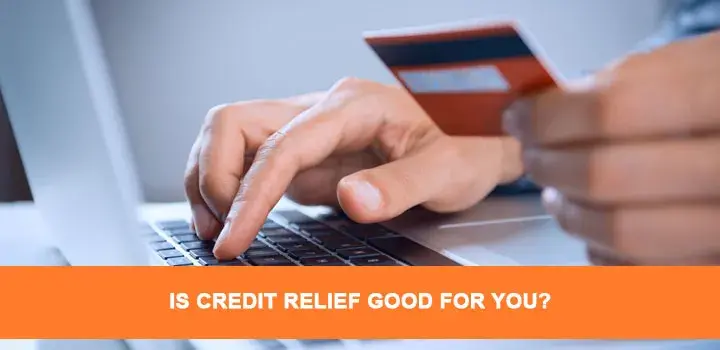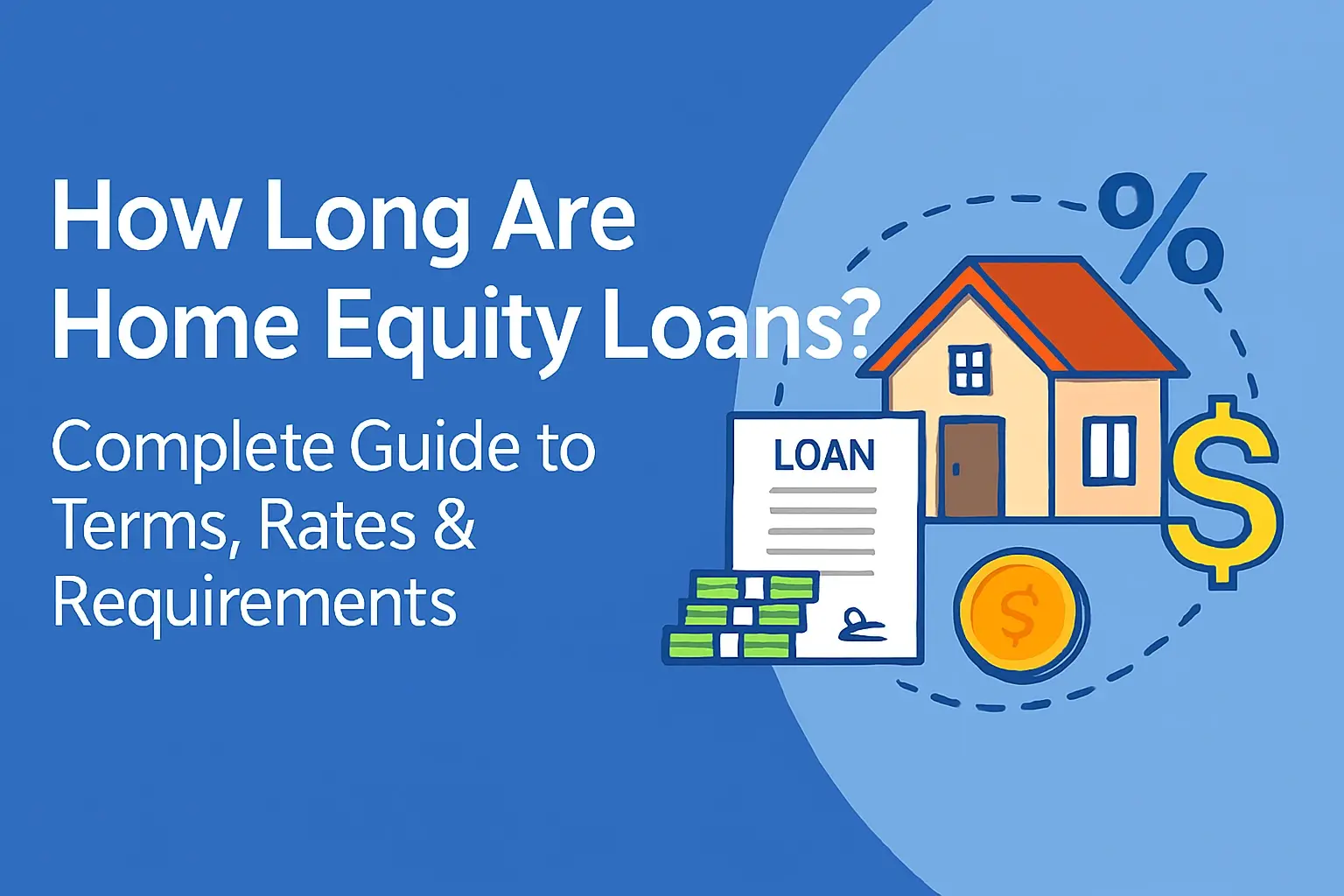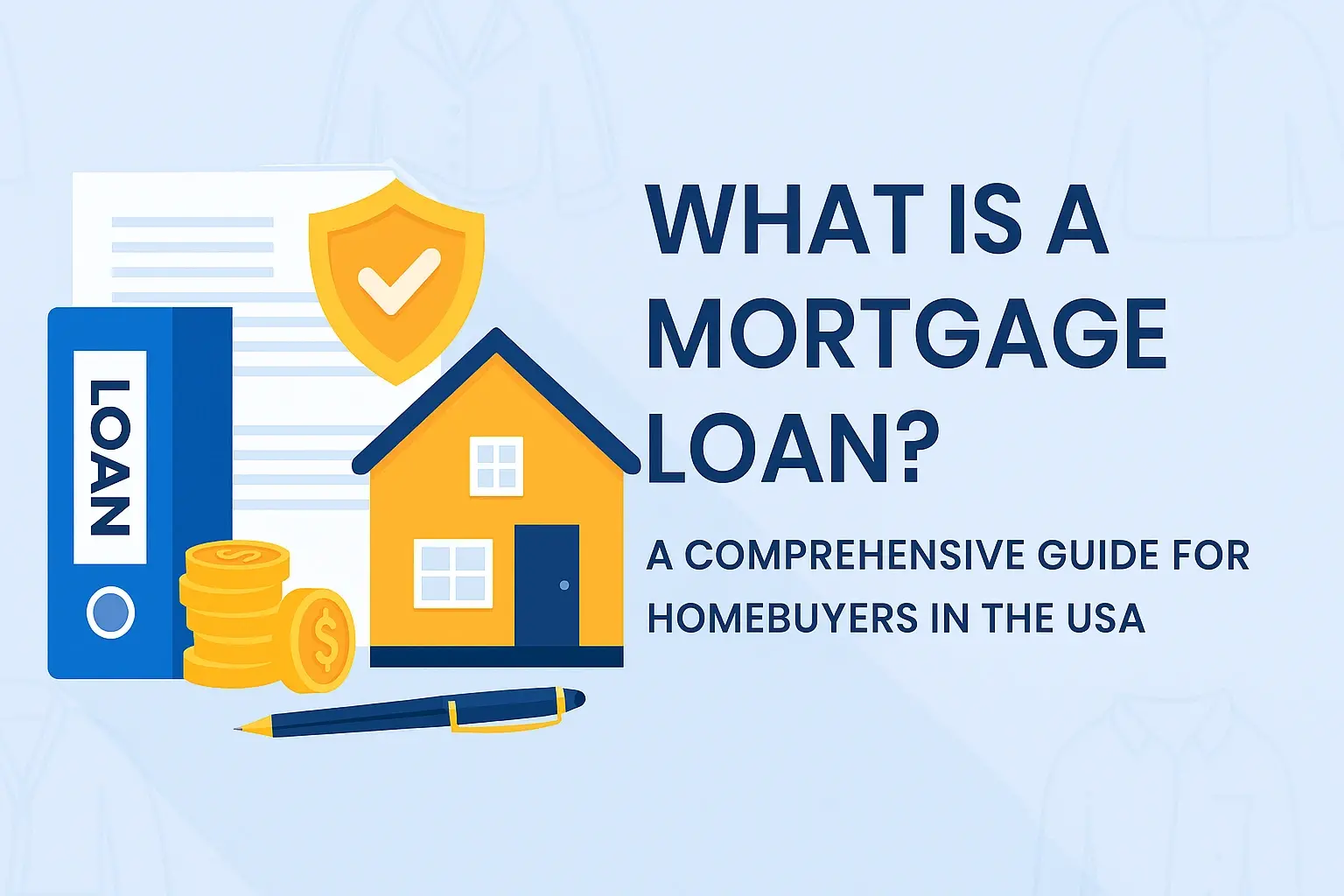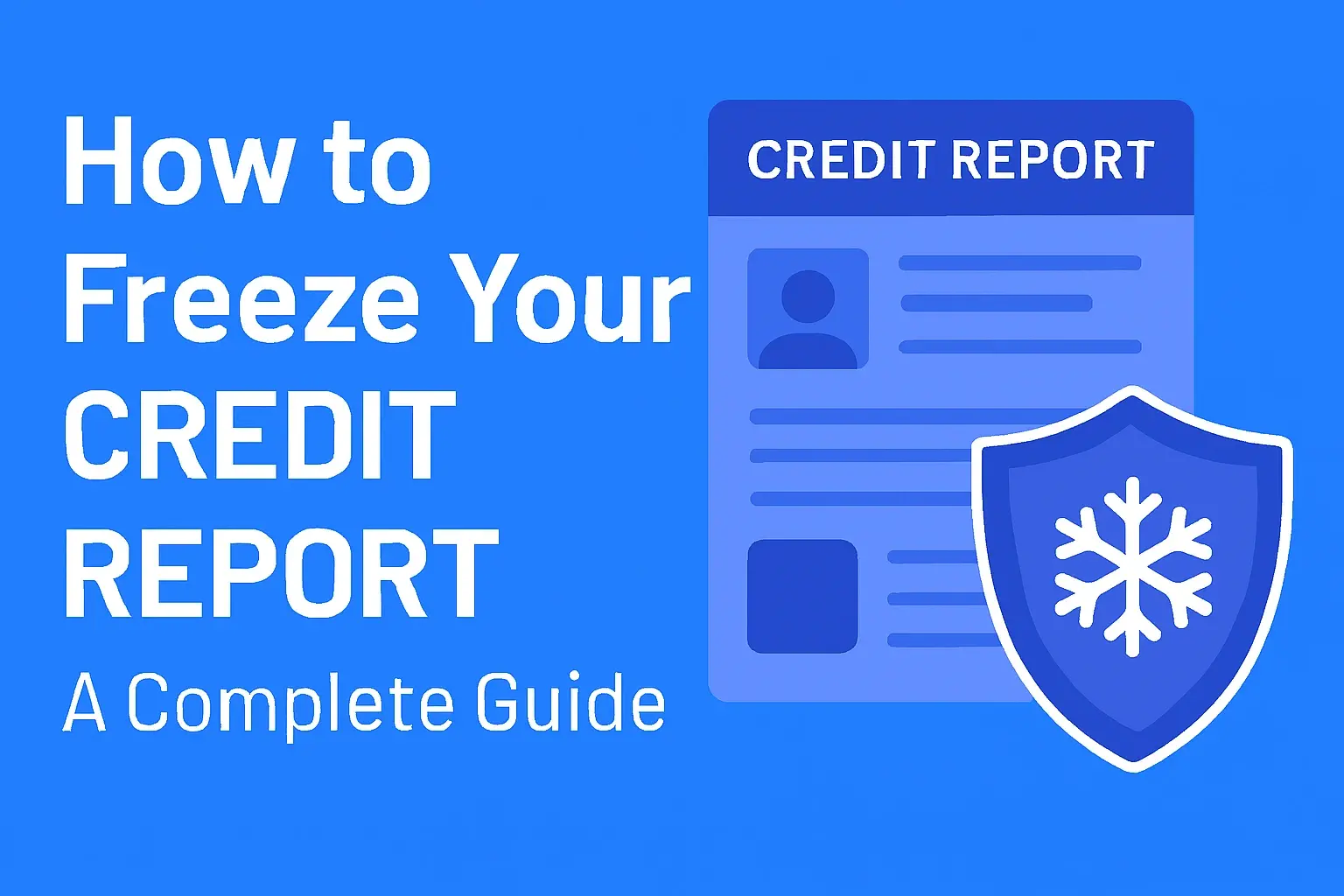-
Posted on: 24 Dec 2022

-
Navigating the complexities of credit card debt can feel overwhelming. If you're wondering, "Is credit relief good for you?", the answer often depends on your unique financial situation and goals. This guide explores the benefits, drawbacks, and alternatives to help you make an informed decision.
What is Credit Relief?
Credit relief, broadly defined, refers to a range of services and strategies designed to help individuals manage and reduce overwhelming debt. These solutions aim to alleviate the financial burden of multiple debts, often by consolidating them, negotiating with creditors, or restructuring payment plans. The ultimate goal is to restore financial stability and improve creditworthiness over time.
Types of Credit Relief Programs
Understanding the various forms of credit relief is crucial for determining if they are a good fit for your situation. Each type offers a different approach to debt management, with distinct advantages and disadvantages.
Debt Management Plans (DMPs)
A Debt Management Plan (DMP) is typically offered by non-profit credit counseling agencies. In a DMP, you make a single monthly payment to the agency, which then distributes the funds to your creditors. Often, creditors participating in a DMP will agree to lower interest rates, waive late fees, and reduce minimum monthly payments. This can significantly simplify your finances and reduce the total interest paid over time.
Key Features of DMPs:
- Single monthly payment to the credit counseling agency.
- Potential for reduced interest rates and waived fees from creditors.
- Typically involves unsecured debts like credit cards, medical bills, and personal loans.
- Requires discipline to make consistent payments to the agency.
- May have a small monthly fee for the service.
As of 2025, the average interest rate reduction on credit cards through a DMP can range from 5% to 10%, leading to substantial savings for consumers with high-interest debt. For example, a person with $20,000 in credit card debt at 22% APR could save hundreds of dollars per month in interest alone by securing a 12% APR through a DMP.
Debt Consolidation Loans
Debt consolidation involves taking out a new loan to pay off multiple existing debts. The goal is to combine several high-interest debts into a single loan with a lower interest rate and a manageable monthly payment. Common types of debt consolidation loans include personal loans, home equity loans, or balance transfer credit cards.
Considerations for Debt Consolidation Loans:
- Simplifies payments into one monthly bill.
- Can lower your overall interest rate if you qualify for a good rate.
- Home equity loans use your home as collateral, posing a risk of foreclosure if payments are missed.
- Balance transfer cards often have introductory 0% APR periods, but high fees and standard APRs thereafter.
- Requires a good to excellent credit score to qualify for favorable terms.
In 2025, the average interest rate for a 2-year personal loan for debt consolidation can be around 10-15%, significantly lower than typical credit card APRs. However, securing these rates often requires a credit score of 670 or higher. A homeowner with $30,000 in credit card debt could potentially save thousands in interest over the life of the loan if they can obtain a consolidation loan at a substantially lower rate.
Debt Settlement Programs
Debt settlement programs, often offered by for-profit companies, negotiate with your creditors to pay off your debts for less than the full amount owed. You typically stop making payments to your creditors and instead make regular payments into a dedicated savings account managed by the settlement company. Once enough money is accumulated, the company negotiates a lump-sum settlement with each creditor.
Key Aspects of Debt Settlement:
- Aims to reduce the total amount of debt you owe.
- Requires you to stop paying creditors, which will severely damage your credit score.
- Fees can be substantial, often a percentage of the amount settled.
- There's no guarantee creditors will agree to settle.
- Potential for lawsuits from creditors while you're not paying.
While debt settlement can reduce the amount owed, it's crucial to understand its impact. By 2025, credit scores can drop significantly, often by 50-100 points or more, due to missed payments and the notation of settled debt. This can make it difficult to obtain credit for years. Consumers should be wary of companies that guarantee a specific percentage of debt reduction or charge upfront fees before any settlement is reached.
Non-Profit Credit Counseling
Non-profit credit counseling agencies offer a range of services, including financial education, budgeting assistance, and guidance on debt management. They can help you understand your financial situation, explore your options, and develop a personalized plan to get out of debt. Some agencies may also administer DMPs.
Benefits of Non-Profit Credit Counseling:
- Free or low-cost initial consultations.
- Objective advice from certified counselors.
- Education on financial management and budgeting.
- Assistance in creating a realistic debt repayment plan.
- Referrals to other resources if their services aren't the best fit.
In 2025, the emphasis on financial literacy continues to grow. Non-profit counselors are often certified and regulated, providing a trustworthy source of advice. They can help individuals avoid predatory lending and make informed choices about debt relief, acting as a crucial first step for many struggling with debt.
Is Credit Relief Good for You? The Pros and Cons
The question of whether credit relief is "good for you" is highly personal. It hinges on a careful evaluation of the potential benefits against the inherent risks and drawbacks. No single solution fits all, and a thorough understanding of your financial landscape is paramount.
The Advantages: When Credit Relief Shines
Credit relief can be a powerful tool for individuals drowning in debt, offering a structured path toward financial recovery. Here are some key advantages:
- Reduced Financial Stress: Consolidating payments or negotiating lower interest rates can significantly ease the monthly burden, freeing up mental and financial resources.
- Lower Interest Payments: Many credit relief options, particularly DMPs and well-structured consolidation loans, can reduce the amount of interest you pay, allowing more of your payment to go towards the principal.
- Simplified Payments: Instead of juggling multiple bills with different due dates and minimums, you'll often have one consolidated payment, reducing the risk of missed payments.
- Improved Credit Score (Potentially): While some methods can initially lower your score, successful completion of a DMP or timely repayment of a consolidation loan can lead to a healthier credit profile over time.
- Avoidance of Bankruptcy: For many, credit relief offers a way to manage debt without resorting to the severe and long-lasting consequences of bankruptcy.
- Professional Guidance: Reputable credit counseling agencies provide expert advice and support, helping you navigate complex financial decisions.
Consider a scenario in 2025 where an individual has $25,000 in credit card debt spread across three cards with APRs of 18%, 21%, and 24%. Their total minimum monthly payments are $750. Through a DMP, they might secure an average APR of 12% and a single payment of $600. This not only simplifies their finances but also saves them potentially thousands in interest over the repayment period, assuming a 5-year repayment term.
The Disadvantages: Potential Pitfalls to Consider
Despite the potential benefits, credit relief programs are not without their downsides. It's essential to be aware of these before committing:
- Impact on Credit Score: Some methods, especially debt settlement, can severely damage your credit score due to missed payments and negative marks.
- Fees and Costs: Many for-profit credit relief companies charge significant fees, which can add to your overall debt burden. Even non-profit agencies may have nominal fees for DMPs.
- Limited Scope: Not all debts are eligible for credit relief programs. Secured debts (like mortgages or car loans) and certain tax debts often require different solutions.
- No Guarantee of Success: Debt settlement, in particular, doesn't guarantee that creditors will agree to settle for less than the full amount.
- Potential for Scams: The debt relief industry has its share of unscrupulous operators. It's vital to research any company thoroughly.
- Loss of Control: In some programs, you relinquish direct control over payments to creditors, which can feel uncomfortable for some individuals.
- Long-Term Commitment: Most credit relief programs require a commitment of several years to be fully effective.
For instance, a debt settlement program might charge a fee of 20-30% of the settled debt. If a consumer settles $15,000 in debt, they could pay $3,000 to $4,500 in fees, in addition to the amount settled. This needs to be factored into the overall cost-benefit analysis. Furthermore, the period where payments are stopped for debt settlement can lead to aggressive collection efforts and legal actions from creditors, a significant risk.
Who Benefits Most from Credit Relief?
Credit relief programs are generally most beneficial for individuals who are:
- Overwhelmed by Unsecured Debt: Primarily credit card debt, medical bills, and personal loans that have become unmanageable.
- Struggling to Make Minimum Payments: When the interest alone consumes a large portion of your monthly payment, making it difficult to reduce the principal.
- Seeking a Structured Repayment Plan: Individuals who need external support and a clear, organized path to pay off debt.
- Motivated to Improve Financial Habits: Credit relief is most effective when combined with a commitment to better budgeting and spending habits.
- Facing Potential Default or Bankruptcy: As a viable alternative to more severe financial consequences.
According to 2025 consumer debt statistics, the average American household carries over $15,000 in credit card debt. Those with multiple high-interest cards, struggling to make ends meet, and with a genuine desire to get back on track are prime candidates for programs like DMPs or credit counseling.
Conversely, individuals with a strong income, manageable debt levels, or those who are disciplined budgeters might find alternatives more suitable. Those with significant secured debt or complex tax issues may also need specialized solutions beyond typical credit relief.
Alternatives to Formal Credit Relief Programs
Before enrolling in a formal credit relief program, it's wise to explore other avenues that might be more suitable or cost-effective for your situation.
Negotiating Directly with Creditors
Many creditors are willing to work with individuals who are facing financial hardship. You can contact your credit card companies, lenders, or medical providers directly to explain your situation and inquire about potential options. These might include:
- Lowering your interest rate.
- Waiving late fees or other penalties.
- Establishing a more affordable payment plan.
- Offering a temporary deferment or forbearance.
Steps to Negotiate:
- Gather your financial information: Be prepared to discuss your income, expenses, and the reasons for your hardship.
- Be polite and persistent: Explain your situation clearly and calmly.
- Know what you want: Have a specific proposal in mind (e.g., a lower interest rate, a fixed monthly payment).
- Get everything in writing: Once an agreement is reached, ensure you receive written confirmation of the terms.
In 2025, creditors understand the economic pressures many consumers face. A direct conversation can sometimes yield immediate results without the fees or credit impact associated with some formal programs. For example, a consumer with a $5,000 credit card balance at 24% APR could call their issuer and successfully negotiate the rate down to 15%, saving significant interest over time.
Budgeting and Debt Payoff Strategies
A solid budget is the foundation of any successful debt-reduction plan. Once you have a clear picture of your income and expenses, you can implement a debt payoff strategy.
- The Debt Snowball Method: Pay off your smallest debts first while making minimum payments on larger ones. Once a debt is paid off, roll that payment into the next smallest debt. This method provides psychological wins.
- The Debt Avalanche Method: Prioritize paying off debts with the highest interest rates first, while making minimum payments on others. This method saves you the most money on interest over time.
Creating a Budget:
- Track your spending: Use apps, spreadsheets, or a notebook to see where your money goes.
- Identify essential vs. discretionary expenses: Cut back on non-essential spending.
- Allocate funds for debt repayment: Treat debt payments as a non-negotiable expense.
- Set realistic goals: Aim for consistent progress, not perfection.
By 2025, financial literacy tools and apps make budgeting more accessible than ever. A family struggling with $10,000 in credit card debt could free up an extra $300 per month by cutting discretionary spending and apply it to their smallest debt using the snowball method, potentially paying it off months faster.
Balance Transfers
A balance transfer involves moving the balance from one or more high-interest credit cards to a new card with a lower, often 0% introductory APR. This can be a powerful tool for saving money on interest, provided you can pay off the balance before the introductory period ends.
Key Considerations for Balance Transfers:
- Balance Transfer Fees: Most cards charge a fee, typically 3-5% of the transferred amount.
- Introductory APR Period: Understand how long the 0% APR lasts (usually 12-21 months).
- Regular APR: Know the standard APR after the introductory period, as it can be very high.
- Credit Score Requirements: You generally need good to excellent credit to qualify for the best offers.
- Avoid New Purchases: Ideally, use the new card only for the balance transfer to avoid confusing payment allocations.
For example, transferring $8,000 from credit cards with 22% APR to a new card with a 0% APR for 18 months, with a 3% balance transfer fee ($240), could save over $1,500 in interest if the balance is paid off within the promotional period. However, failing to pay it off means facing potentially high standard APRs.
How to Choose the Right Credit Relief Option
Selecting the best credit relief option requires a personalized approach. Consider these factors:
1. Assess Your Debt:
- Total Debt Amount: How much do you owe?
- Types of Debt: Are they primarily unsecured (credit cards) or secured (mortgage)?
- Interest Rates: What are the APRs on your debts?
- Number of Creditors: How many accounts are you managing?
2. Evaluate Your Financial Situation:
- Income Stability: Is your income reliable and sufficient to cover payments?
- Budgeting Habits: Are you able to stick to a budget?
- Credit Score: What is your current credit score? This will determine eligibility for loans and balance transfers.
- Emergency Fund: Do you have savings for unexpected expenses?
3. Understand Program Specifics:
- Fees: What are the upfront and ongoing costs?
- Impact on Credit Score: How will the program affect your credit?
- Repayment Timeline: How long will it take to become debt-free?
- Creditor Participation: Are your creditors likely to agree to the terms (especially for debt settlement)?
4. Research Providers:
- Reputation: Look for accredited non-profit agencies (e.g., members of the National Foundation for Credit Counseling (NFCC)) or well-established for-profit companies.
- Reviews and Testimonials: Read feedback from other consumers.
- Licensing and Accreditation: Ensure they are properly licensed in your state.
A comparison table can be helpful:
Feature Debt Management Plan (DMP) Debt Consolidation Loan Debt Settlement Program DIY (Budgeting/Negotiation) Impact on Credit Score May initially dip, improves with successful repayment. Can improve if managed well; hard inquiry upon application. Significant drop due to missed payments. Can improve with responsible management; no direct negative impact. Fees Low monthly fee. Origination fees possible; interest paid over time. High percentage of settled debt (20-30%+). Minimal (e.g., budgeting app subscription). Debt Reduction Potential Reduces interest; principal paid in full. Reduces interest if rate is lower; principal paid in full. Can reduce total principal owed. Reduces interest and principal through efficient repayment. Creditor Negotiation Agency negotiates reduced rates/fees. Not directly involved; you pay off old debts. Company negotiates settlements. You negotiate directly. Risk Level Low to Moderate. Moderate (especially with secured loans). High. Low to Moderate. By 2025, consumers have access to more transparent information than ever. Utilizing online comparison tools and seeking advice from trusted sources like NFCC-affiliated agencies is paramount.
Making Informed Decisions for Your Financial Future
The decision to pursue credit relief is a significant one, impacting your financial health for years to come. It's not a quick fix but a structured approach to regaining control. For many, especially those burdened by high-interest, unsecured debt, a well-chosen credit relief program, like a Debt Management Plan administered by a reputable non-profit agency, can be a pathway to stability. These programs offer reduced interest rates, simplified payments, and a clear roadmap out of debt, all while avoiding the severe credit damage associated with debt settlement.
However, it's crucial to remember that credit relief is most effective when combined with a commitment to sound financial practices. Budgeting, responsible spending, and building an emergency fund are essential components of long-term financial well-being. Alternatives like direct negotiation with creditors or strategic balance transfers may also be viable options for some individuals, depending on their specific circumstances and creditworthiness. Thorough research, careful consideration of all costs and consequences, and a clear understanding of your personal financial goals are the cornerstones of making an informed decision that truly benefits you.
Ultimately, the question "Is credit relief good for you?" is best answered by diligently assessing your debt, your financial habits, and the available options. By understanding the nuances of each program and seeking advice from trusted sources, you can chart a course toward a more secure and debt-free financial future.
Faq
1. What is credit relief and how does it work?
Credit relief, also known as debt relief, helps individuals manage or reduce their outstanding debts through methods like consolidation, settlement, or counseling. The goal is to make repayment easier and improve overall financial stability.
2. Is credit relief a good option for everyone?
Not always. Credit relief can be beneficial if you’re struggling with high-interest debts and can’t keep up with payments. However, if you can manage your debts through budgeting or repayment plans, it may be better to avoid formal relief programs.
3. Can credit relief affect your credit score?
Yes, it can. Some credit relief options—like debt settlement—might temporarily lower your credit score. However, once you clear your debts and manage your finances responsibly, your score can recover over time.
4. What are the main types of credit relief programs available?
The most common types include debt consolidation, debt management plans, and debt settlement programs. Each has its pros and cons depending on your financial situation, credit score, and long-term goals.
5. How can I know if credit relief is right for me?
Consider credit relief if you’re unable to make minimum payments, facing collection calls, or relying on credit cards for essentials. Speaking with a certified credit counselor can help you explore safe, legitimate options before committing.











